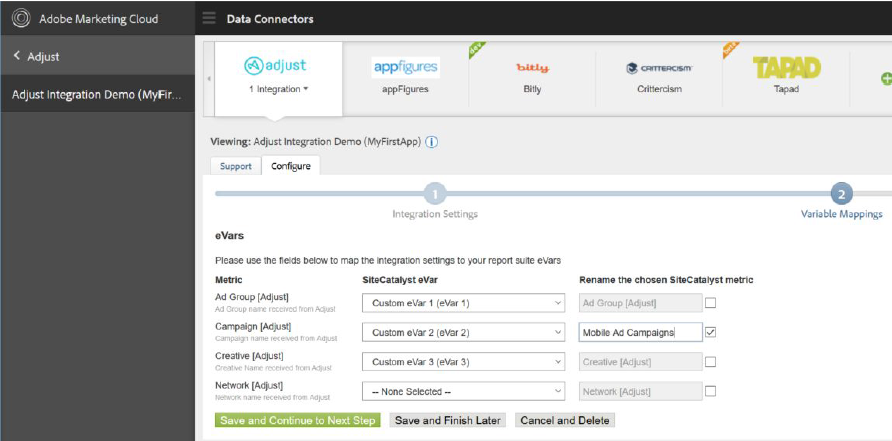
For the non-technical folks-now that you know how to retrieve the user agent via JavaScript, it is a good idea to store that information in a variable that can easily be referenced across your analytics implementation. The developers and analytics engineers amongst you might already know what needs to come next. If you are a non-technical reader, conduct a quick Google search to find the user agent of the current device-browser combination you’re using. According to Mozilla, the common format looks as follows: Despite the vast amount of possible user agents, there is a common format for web browsers. The server then sends a response (hopefully “200 OK” and not “404 Not Found”) and the website renders.Īs you can imagine, there are many different possible combinations of operating systems and devices. When you visit a website, your browser, the client, sends a request to the server. It contains information about the browser and the operating system of your device. The user agent (UA) is part of the HTTP header and gets populated whenever a request is made from a client (e.g. Advanced segmenting, custom bot filtering, or recreating out-of-the-box device reports are some of the possible use cases for this data.īefore we dive in, let’s first establish-what is the user agent?

As your organization progresses in its digital analytics maturity, you might find yourself confronted with the need to work with user agent data.


 0 kommentar(er)
0 kommentar(er)
